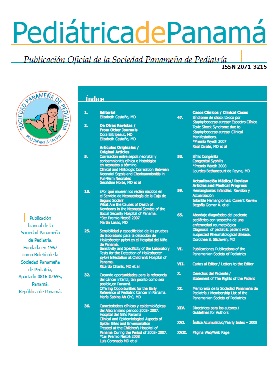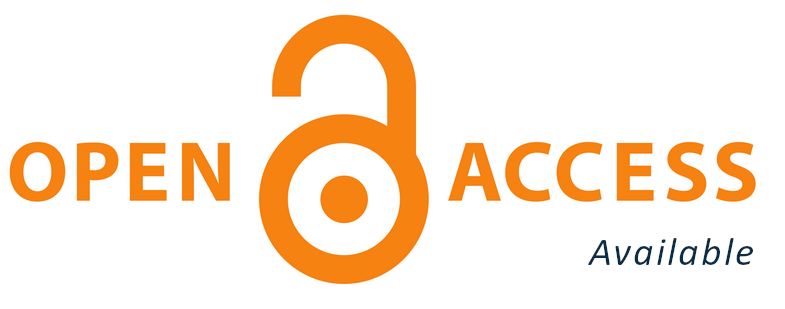About other Journals - Effect of solar radiation
Authors
DOI:
https://doi.org/10.37980/im.journal.rspp.20201698Keywords:
Ultraviolet, photoprotection, visible light, photocarcinogenesis, sunburnAbstract
In a tropical country like Panama we are used to the sun's rays, but not we take into account the daily photoprotection that we must have especially in the ages extreme as in children and the elderly, that is why we present this review carried out by Spanish dermatologists to advise them in our clinical practice as pediatricians. We offer a summary of the article which is available for your full reading. Sunburn, Immunosuppression, Photoaging, and Photocarcinogenesis are some of the most important adverse effects of solar radiation on the be human. Children are a population group of special vulnerability due to the fact that in them sun exposure has more pronounced biological effects compared to the adults. On the other hand, childhood is a critical period to promote the development of photodamage and photocarcinogenesis later in life if measures are not taken adequate, since it is estimated that between 18 and 20 years of age 40-50% of the cumulative exposure to ultraviolet radiation up to the age of 60 years. The strategy most important for children's photoprotection are behavioral modifications and habits related to sun exposure at all levels (school, society, family, etc.). The use of shade, reducing the overall time of exposure to the Sun and physical protection (clothing, hats and sunglasses) represent the best and least expensive photoprotection strategies. Sunscreen should be incorporated into the routine children, in the same way as adults, and must meet a series of requirements that make them effective, safe and committed to the environment.
Downloads
Published
Issue
Section
License
Copyright (c) 2020 Infomedic InternationalDerechos autoriales y de reproducibilidad. La Revista Pediátrica de Panamá es un ente académico, sin fines de lucro, que forma parte de la Sociedad Panameña de Pediatría. Sus publicaciones son de tipo gratuito, para uso individual y académico. El autor, al publicar en la Revista otorga sus derechos permanente para que su contenido sea editado por la Sociedad y distribuido Infomedic International bajo la Licencia de uso de distribución. Las polítcas de distribución dependerán del tipo de envío seleccionado por el autor.






